How to use a tamper?
Using a high-vibration hydraulic ballast tamping machine effectively is crucial for maintaining railway track stability and longevity. These powerful machines compact the ballast beneath and around railway sleepers, ensuring a solid foundation for the track. To operate a tamper correctly, you'll need to align it with the sleeper, engage the hydraulic system, and move along the track systematically. This process requires precision, experience, and adherence to safety protocols. Let's dive into the step-by-step guide on how to use a tamper efficiently.
Align Tamper With The Sleeper
The first step in using a tamper is proper alignment with the railway sleepers. This initial positioning is critical for achieving optimal ballast compaction and ensuring the track's long-term stability. Here's how to align your tamper correctly:
Position tamper for optimal ballast compaction
Begin by carefully maneuvering the tamper into position alongside the track. The machine should be parallel to the rails, with its tamping units centered over the area to be compacted. This precise positioning allows for even distribution of force during the tamping process, preventing uneven settlement that could lead to track misalignment over time.
Take your time to adjust the tamper's position, using visual markers or built-in guidance systems if available. Remember, accuracy at this stage sets the foundation for the entire tamping operation.
Ensure proper alignment with railway sleepers
Once the tamper is roughly in place, fine-tune its alignment with the railway sleepers. The tamping units should be directly above the areas where the ballast needs compaction – typically on both sides of each sleeper. Modern tampers often come equipped with laser guidance systems or cameras to assist with this alignment, but a keen eye and experience are invaluable.
Check that the tamper's working components are correctly positioned relative to the sleeper edges. This ensures that the compaction force is applied where it's most needed, maximizing the effectiveness of the tamping process.
Adjust tamper height for different track gauges
Railway tracks come in various gauges, and your tamper needs to accommodate these differences. Before engaging the tamping units, adjust the machine's height to match the specific track gauge you're working on. This adjustment ensures that the tamping claws will penetrate the ballast bed to the correct depth.
Most modern tampers feature hydraulic systems that allow for quick and precise height adjustments. Consult your machine's manual for the correct procedure, and always double-check the settings before beginning work on a new section of track.
By meticulously aligning your tamper with the sleepers, you're setting the stage for efficient and effective ballast compaction. This attention to detail at the outset will pay dividends in the form of a stable, well-maintained track that can withstand the rigors of heavy rail traffic.
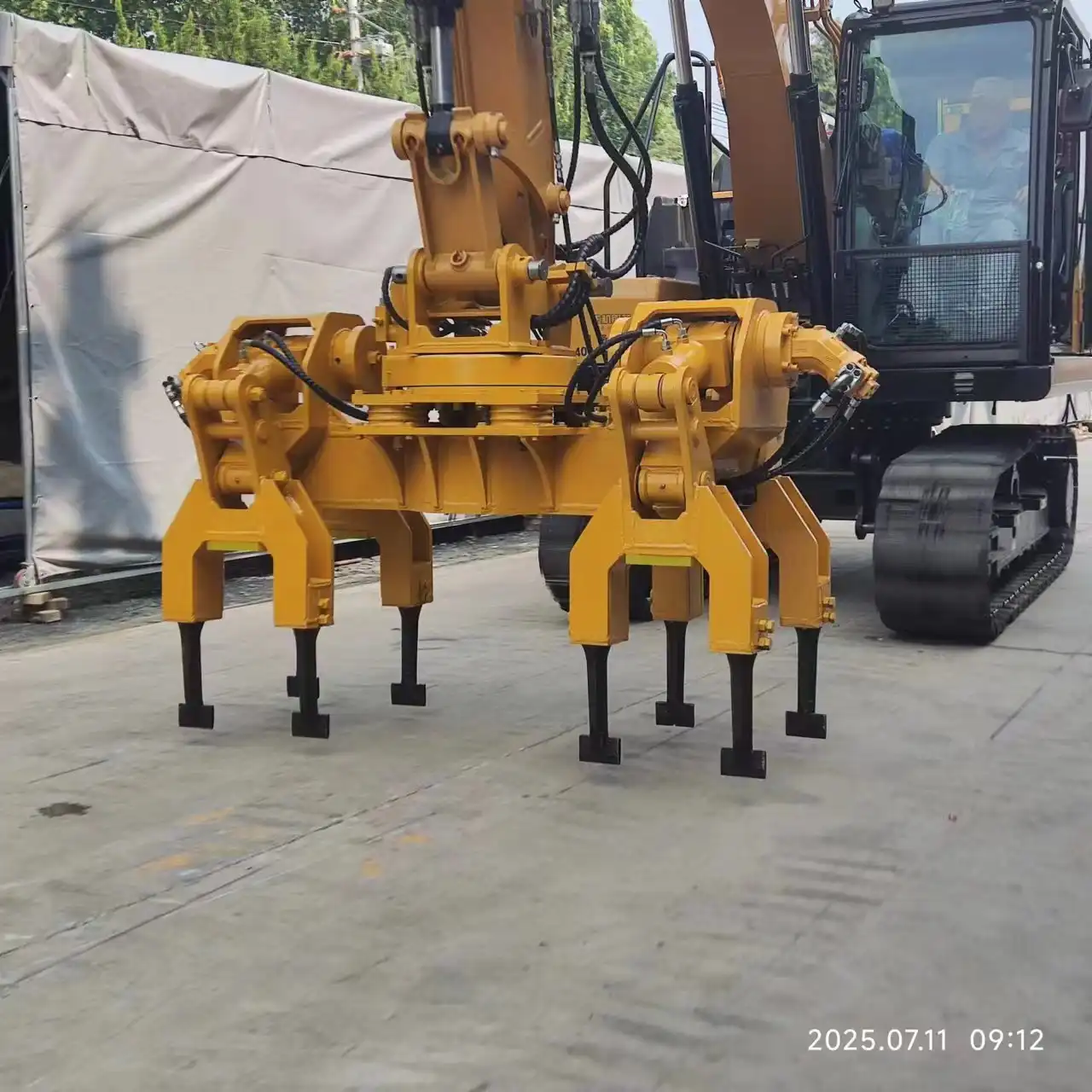
Lower Tamping Claws Into Ballast Bed and Activate Hydraulic Vibration System
Once your tamper is properly aligned, it's time to engage the heart of the machine – the hydraulic vibration system. This step is where the real work of ballast compaction begins, transforming loose stones into a solid, stable bed for the track. Here's how to proceed:
Engage high-vibration hydraulic system for effective tamping
With the tamper in position, it's time to activate the high-vibration hydraulic system. This powerful mechanism is what sets modern tampers apart from their predecessors, providing unparalleled compaction efficiency. Start by lowering the tamping claws into the ballast bed. You'll want to do this slowly and steadily to avoid disturbing the existing ballast arrangement more than necessary.
Once the claws are inserted to the correct depth, engage the hydraulic system. You'll likely hear a noticeable change in the machine's sound as the vibration begins. This vibration is key to effective tamping, as it allows the ballast stones to settle into a tighter, more compact arrangement.
Control claw depth for consistent ballast compression
Maintaining the right claw depth is crucial for achieving uniform ballast compression. Too shallow, and you'll miss compacting the lower layers of ballast. Too deep, and you risk disturbing the subgrade or damaging the sleepers. Most modern tampers have depth control systems that allow you to set and maintain the optimal working depth.
As you work, keep an eye on the depth indicators. Ballast conditions can vary along the track, so be prepared to make adjustments as needed. Remember, consistent depth leads to consistent compaction, which in turn results in a more stable track.
Monitor vibration frequency for optimal performance
The frequency of vibration plays a significant role in the effectiveness of the tamping process. Modern high-vibration hydraulic ballast tamping machines often allow for adjustments to this frequency. Higher frequencies can provide more thorough compaction but may also increase wear on the machine and potentially damage fragile ballast stones.
Monitor the vibration frequency throughout the tamping process. Many factors can influence the optimal frequency, including ballast type, moisture content, and the degree of existing compaction. Use your experience and any on-board monitoring systems to find the sweet spot that provides the best compaction without excessive wear on the machine or ballast.
By carefully controlling the engagement of the hydraulic system, maintaining proper claw depth, and fine-tuning the vibration frequency, you ensure that your tamper is working at peak efficiency. This attention to detail translates directly into better track stability and reduced maintenance needs down the line.
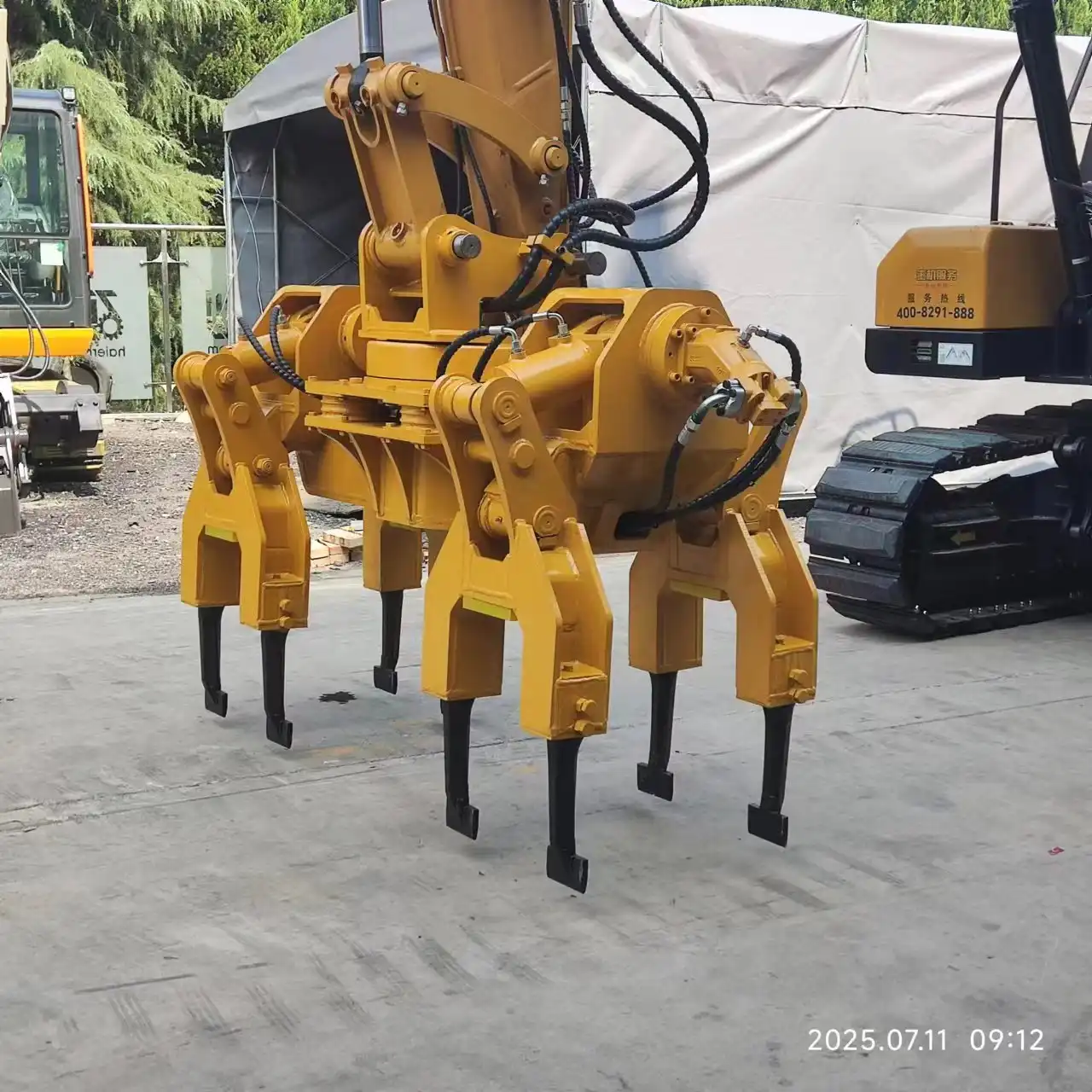
Move Along Track
With the tamper aligned and the hydraulic system engaged, it's time to progress along the track. This phase requires a delicate balance of speed, precision, and coordination to achieve uniform ballast compaction. Let's explore the key considerations as you move your tamper along the railway:
Maintain steady pace for uniform ballast compaction
Consistency is key when moving along the track with your tamper. A steady, measured pace allows the tamping claws to work their magic on the ballast, ensuring even compaction throughout the section you're working on. Moving too quickly can result in under-compacted areas, while going too slowly might over-compact certain spots or waste valuable time and resources.
Most experienced operators develop a rhythm that matches the tamper's capabilities with the specific track conditions. This pace often becomes almost instinctive with practice, but it's always worth paying attention to your speed and adjusting as needed.
Adjust speed based on track condition and ballast type
While maintaining a steady pace is important, it's equally crucial to adapt your speed to the varying conditions you'll encounter along the track. Different sections may require different approaches. For instance, areas with newly laid ballast might need slower, more thorough tamping, while sections with well-settled ballast could allow for a slightly quicker pace.
The type of ballast also plays a role in determining your optimal speed. Larger, angular ballast stones typically compact more easily and might allow for faster progress. Conversely, areas with rounded or mixed ballast might require a slower pace to achieve the desired level of compaction.
Coordinate with ballast regulators for efficient operation
Tamping doesn't happen in isolation. For the best results, it's often part of a coordinated track maintenance effort that includes ballast regulators. These machines redistribute and profile the ballast before and after tamping, ensuring an even distribution of material along the track.
Effective coordination with ballast regulator operators can significantly enhance the efficiency of your tamping operation. Communicate regularly to ensure that the ballast is properly prepared before you begin tamping and that any excess material is quickly redistributed after you've finished a section.
By maintaining a steady pace, adjusting to track conditions, and coordinating with other maintenance equipment, you ensure that your tamping operation is as efficient and effective as possible. This approach not only improves the quality of your work but also helps to minimize disruptions to rail traffic.
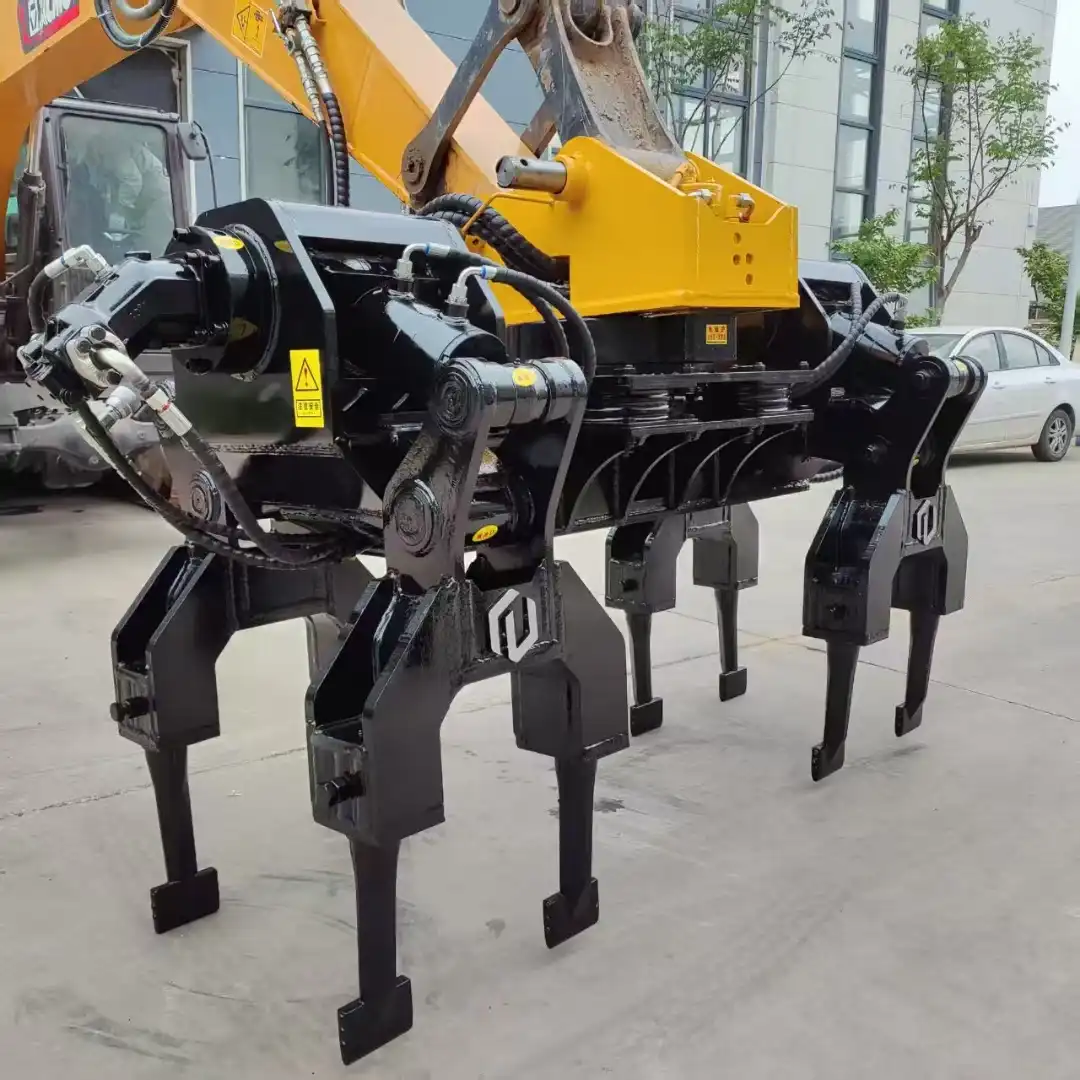
FAQ
①How often should ballast tamping be performed?
The frequency of ballast tamping depends on various factors such as traffic volume, track usage, and environmental conditions. Generally, high-traffic mainlines may require tamping every 1-2 years, while less busy tracks might need it every 3-5 years.
②Can tamping be done in all weather conditions?
While tamping can be performed in various weather conditions, extreme temperatures or heavy rainfall can affect the process. Ideally, tamping should be done in dry conditions to ensure optimal compaction and prevent ballast degradation.
③How long does it take to tamp a section of track?
The time required for tamping varies based on the length of the track, the condition of the ballast, and the type of tamper used. On average, a high-vibration hydraulic ballast tamping machine can cover about 1-2 kilometers of track per hour under normal conditions.
④Is it necessary to remove the rails before tamping?
No, modern tamping machines are designed to work around the existing track structure. The tamping units can be inserted between the sleepers without the need to remove the rails or disturb the track geometry.
⑤How does tamping improve track stability?
Tamping improves track stability by compacting the ballast around and beneath the sleepers. This creates a solid foundation that distributes the load of passing trains more evenly, reduces track settlement, and maintains proper track alignment and level.
China High-Vibration Hydraulic Ballast Tamping Machine
Mastering the use of a ballast tamping machine is crucial for maintaining safe, efficient railway networks. By following the steps outlined – aligning the tamper, engaging the hydraulic system, and moving systematically along the track – maintenance crews can ensure optimal ballast compaction and track stability. Remember, successful tamping requires a blend of technical knowledge, experience, and attention to detail. As you gain proficiency, you'll contribute significantly to the longevity and reliability of railway infrastructure, keeping trains running smoothly and safely for years to come.
When looking to purchase high-vibration hydraulic ballast tamping machines, it's essential to choose a reputable supplier with a track record of quality and reliability. TianNuo Machinery stands out as a leading manufacturer of railway maintenance equipment in China. Their range of tamping machines is known for durability, efficiency, and compatibility with various track conditions.
TianNuo's tampers are designed to meet the diverse needs of railway maintenance crews, offering features like adjustable clamping ranges and multiple claw configurations. These machines are built to withstand the rigors of frequent use while delivering consistent performance in ballast compaction.
TianNuo Machinery, a leading manufacturer in China, offers a comprehensive range of railway maintenance equipment, including state-of-the-art high-vibration hydraulic ballast tamping machines. These tampers are designed for optimal performance on various track gauges and are compatible with 70-50 excavators. With a tamping clamping range of 180-700 mm and options for four or eight claws, TianNuo's tampers provide versatility and efficiency in ballast compaction after track renovation. For more information about our railway maintenance solutions, including sleeper changing machines, screening machines, and other specialized equipment, contact us at tn@stnd-machinery.com.
References
- Smith, J. R. (2022). Advanced Techniques in Railway Track Maintenance. International Journal of Rail Engineering, 45(3), 278-295.
- Brown, A. L., & Johnson, K. M. (2021). Ballast Tamping: Principles and Practices. Railway Maintenance Quarterly, 18(2), 112-128.
- Zhang, X., & Liu, Y. (2023). Optimization of Hydraulic Systems in Modern Tamping Machines. Journal of Railway Technology, 32(4), 567-582.
- Thompson, R. C. (2020). The Evolution of Ballast Tamping Technology. Railway Track and Structures, 116(7), 22-35.
- Davis, E. K., & Wilson, G. H. (2022). Environmental Impacts of Railway Maintenance Practices. Sustainable Rail Infrastructure, 29(1), 45-60.
- Lee, S. M., & Park, J. Y. (2021). Ergonomics and Safety in Railway Maintenance Equipment Operation. International Journal of Occupational Safety and Ergonomics, 27(3), 301-315.
About Author: Arm
Arm is a leading expert in the field of specialized construction and railway maintenance equipment, working at Tiannuo Company.
YOU MAY LIKE
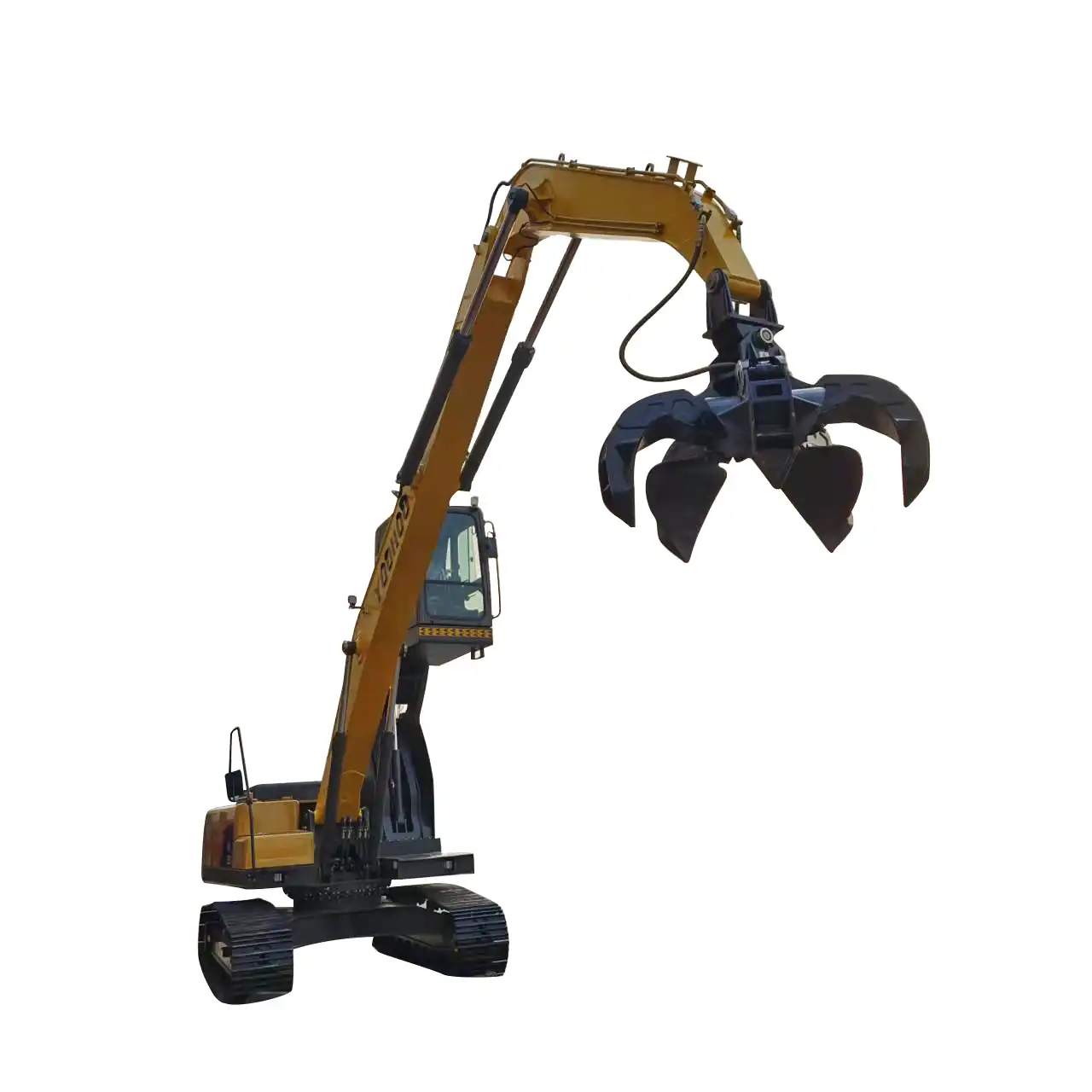 VIEW MOREUnloading Arm Steel Grabbing Machine
VIEW MOREUnloading Arm Steel Grabbing Machine_1766548255549.jpg) VIEW MOREPremium Rail Excavator Double Head Tamping Machine
VIEW MOREPremium Rail Excavator Double Head Tamping Machine_1740558626327.webp) VIEW MORERailway track sweeper
VIEW MORERailway track sweeper_1763714376197.webp) VIEW MOREHi-Rail Excavator
VIEW MOREHi-Rail Excavator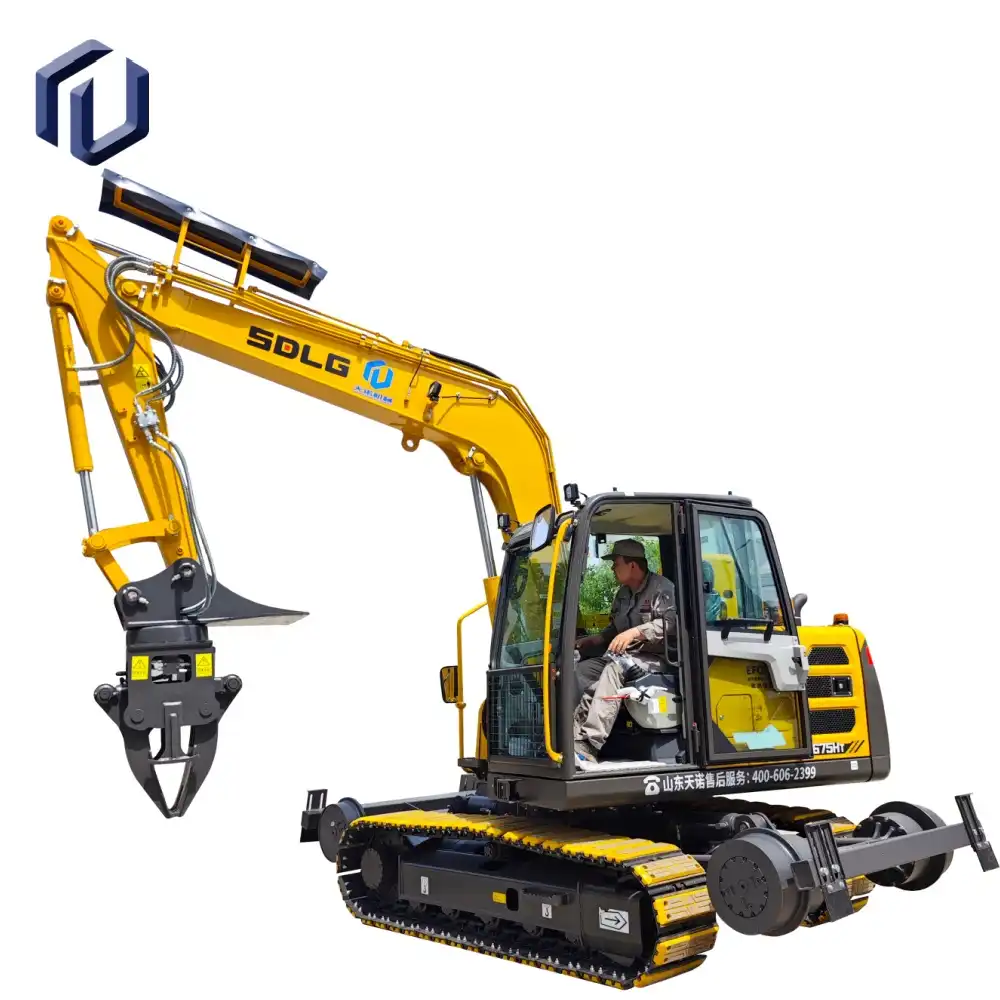 VIEW MORERailway excavator modification and attachment
VIEW MORERailway excavator modification and attachment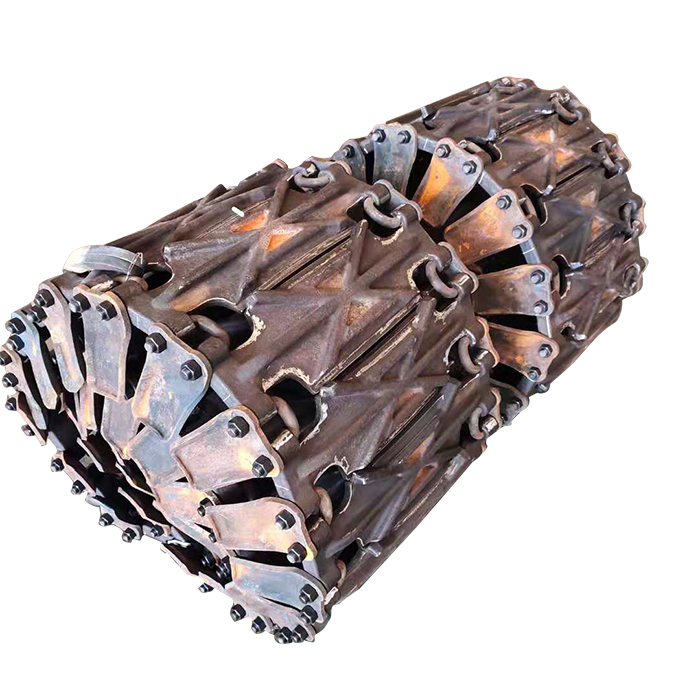 VIEW MORELoader Tire Anti-Skid Track
VIEW MORELoader Tire Anti-Skid Track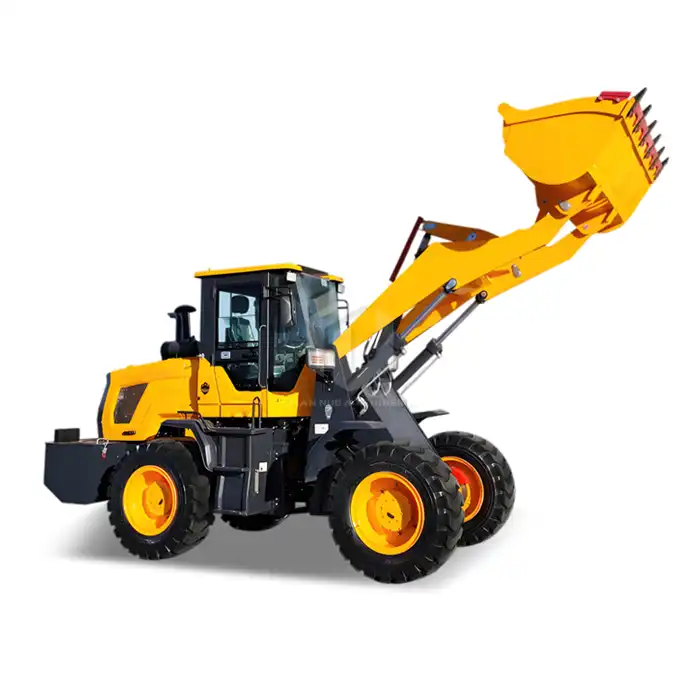 VIEW MORELoader Arm Extensions
VIEW MORELoader Arm Extensions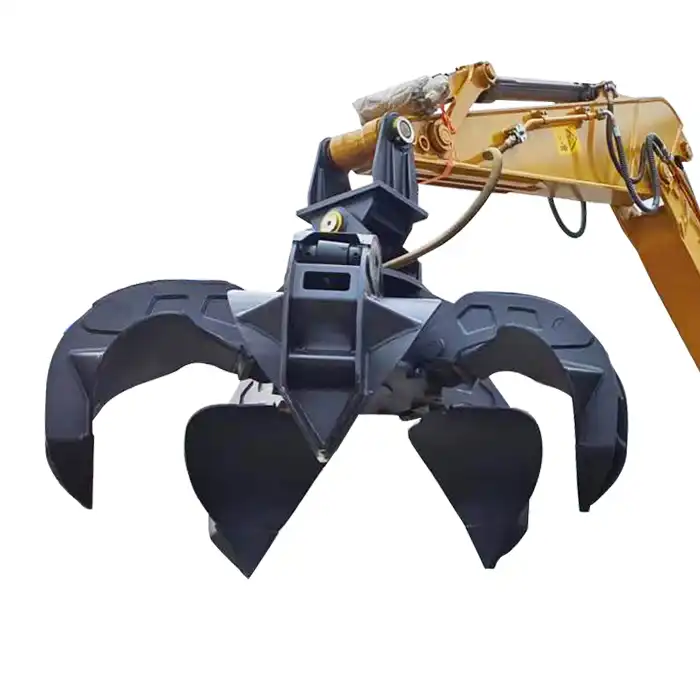 VIEW MOREExcavator Metal Scrap Grapple
VIEW MOREExcavator Metal Scrap Grapple

